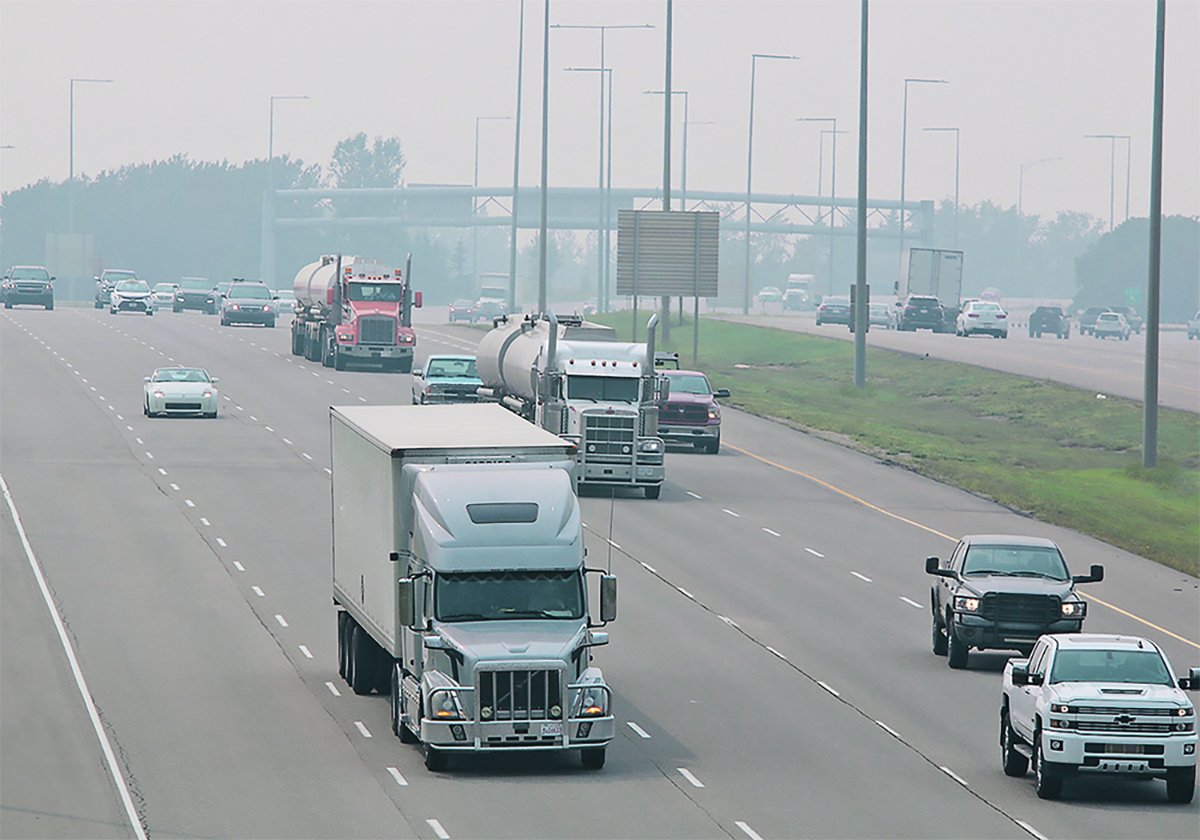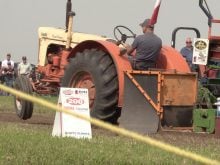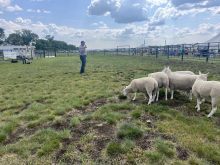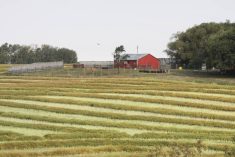It’s called the “succession effect,” and it’s a double-edged sword.
When a farm has identified a successor, “you think, ‘OK, all my blood, sweat and tears are going towards this person or these people,’ ” said Heather Watson, executive director of Farm Management Canada.
“You continue to think about the future of the farm and get excited about the future of the farm, and continue to invest in the future of the farm.… That puts the next generation in a really good place because they’re right there with you.”
Read Also

Alberta cracks down on trucking industry
Alberta transportation industry receives numerous sanctions and suspensions after crackdown investigation resulting from numerous bridge strikes and concerned calls and letters from concerned citizens
That’s the good side of the succession effect, which Watson said is based on research she and others have done.
The bad side? When a farm hasn’t identified a successor, “maybe you start to feel a little more tired, and you start to maybe not take as many risks because you don’t have that many years to make up for it if something goes awry,” Watson said.
“What you end up doing is investing less in the farm…. That leaves the next generation in a pretty bad place when it’s time to take over.”
They’re left with a lot to do.
Watson spoke alongside other farm transition experts at the Ag in Motion farm show near Langham, Sask., in mid-July.
Follow all our Ag in Motion coverage here
She said about one in five Canadian farms have a transition plan, and a few more have them in progress.
A farm transition plan can provide security, clarity and peace of mind for everyone involved, said Trevor McLean, the national leader of MNP’s TransitionSmart program.
The exiting generation is looking for security. The incoming generation is also looking to ensure a secure income and lifestyle for their family.
One factor to consider is what McLean called “the in-law factor” — how to protect the legacy family farm from the next generation’s missteps.
“The in-law factor is starting to become a major — call it event or concern, consideration — that needs to be had at the family table,” he said.
“You want to start having those conversations before they’re actually in-laws.”
McLean said farming families should talk about matrimonial contracts, cohabitation agreements and prenuptial or postnuptial agreements. If the farm has a shareholder agreement, it should include instructions for what happens in the case of a break-up.
If one half of a couple ends up needing to refinance land to pay out an in-law, that could put a large financial strain on the farm.
“Since 2019, 53 per cent of marriages are ending in divorce in the first two years, OK? So get ahead of it,” Mclean said.
He urged farmers to get a will and to update it any time there’s a major life event, such as a marriage, death or land acquisition.
The younger generation should also have a good idea of the farm’s financials before returning to the family business.
“How much debt is there? Are you comfortable with that debt? How much income is there?”
Parents could also ask successors to take a financial course or get a mentor to ensure they understand the farm’s financials.
The members of the farm business also need clarity about their roles and responsibilities.
Mclean drew a Venn diagram showing the overlap between the farm family, the business and ownership. Where they overlap, there’s opportunity for conflict and will likely require governance.
For instance, the family could have a policy that said who can participate in the business. The farm business may not be able to support every family member, so the family can have rules as to who can work there. They can have a family employment contract that outlines what will happen if things don’t work out.
Likewise, the family may need a policy about whether non-farming family members can own stakes in the farm business.
Then, between the farm ownership and business, there needs to be a shareholder agreement, joint venture agreement or partnership agreement, Mclean said. Who is responsible for what? How will you resolve conflict?
“A more wholesome shareholder agreement is going to deal with the five Ds: death, divorce, disability, disaster and disagreement,” Mclean said.
Once ground rules and expectations are set, you can start talking to the next generation. Mclean suggested starting the conversation with kids in their early teens because it will take time to coach and mentor the next generation.
The older generation also needs an exit strategy, such as which roles are going to transition and when, how the farming children will pay for the business and how non-farming children will be compensated, and when the next generation can bring on their own advisers and accountants.
Understanding everyone’s future roles in the business will bring clarity and security, said Mclean, and this will provide peace of mind.
















